Advertisement
Managing data has grown into one of the most central needs for any business or project today. It's no longer just about where to store files or how to pull up old records. It's about accuracy, availability, security, and collaboration — all wrapped into one. In 2025, data tools are evolving fast, not just in features but in how they help teams work smarter. Here are some of the top options for making a real impact.
This solution provides a means to catalog, classify, and track data in many environments. It integrates with many kinds of sources, presenting teams with a unified view of all their data assets. Governance features are natively included to keep it from being misused, with much of the labeling and mapping performed through automation. For businesses already invested in the Microsoft ecosystem, this is one that feels like home.
Apache Atlas is best suited to organizations that require an open-source product with heavy customization. It was designed from the ground up with metadata management in mind and has robust integration capabilities with other big data environments. Its greatest strength is in lineage tracking and classification — simplifying how to know where the data originated and how it's being utilized.
Collibra has a strong emphasis on keeping businesses compliant and transparent with their data. It is perfectly suitable for big enterprises handling data between departments and regulatory landscapes. With policies, workflows, and data catalogs in one place, teams gain clarity on who's in charge and what's expected of them.
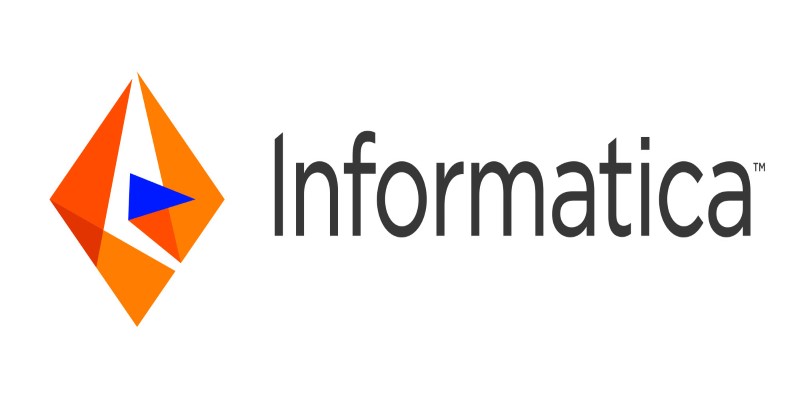
This one goes beyond the basics. Informatica combines data integration, quality control, and governance into one cloud-based platform. It's built for scale and can handle complex environments, including hybrid setups. Automation plays a significant role here, helping with matching, merging, and cleaning up duplicate or outdated records.
Alation is a favorite among teams that want to make data more accessible. It combines a user-friendly interface with robust search tools, making it easier for analysts and non-technical users to find what they need. Alation also encourages collaboration with shared glossaries and commenting features. It’s like turning your data catalog into a conversation space.
Talend brings everything under one umbrella — from data ingestion to preparation, from cleaning to sharing. What makes it stand out is its strong emphasis on data quality. With built-in validation and cleansing tools, it helps reduce the clutter that can creep in when data moves between platforms. This makes it well-suited for companies who deal with fast-changing data sets.
This tool is built for heavy-duty enterprise use. It combines extraction, transformation, and loading (ETL) functions with governance and monitoring. The strength lies in its reliability and performance across massive data volumes. It also integrates with AI-based tools, which helps identify patterns or issues that might be hard to catch manually.
Oracle's data tool is all about keeping information consistent across different applications. It's often used by financial and operations teams to sync reporting and planning processes. What sets it apart is the way it handles hierarchies and shared dimensions, helping to align decision-making across systems.
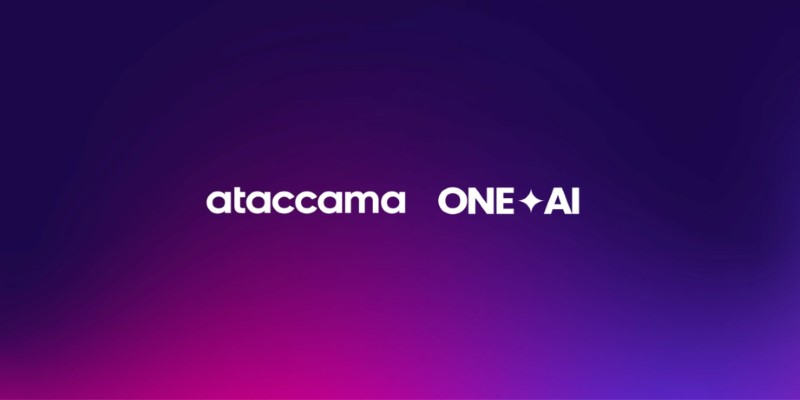
Ataccama ONE combines machine learning with traditional data management functions. It automates profiling, classification, and cleansing without much setup. You can plug it into existing systems and get real-time updates. It’s especially useful for teams that need fast insights without building everything from scratch.
Data. world blends data cataloging with a social, collaborative layer that helps teams work more transparently. It’s built to feel less like traditional software and more like a shared workspace for data projects. The platform supports integrations with tools like Tableau, dbt, and Snowflake, making it easier to connect across workflows. One of its standout features is the use of “projects” — organized spaces where teams can link datasets, add context, and track insights together without chasing files through emails or shared drives.
Now that we've looked at the tools shaping data management in 2025 let's look at how to actually use one of them. For this part, we're going to focus on Collibra — a tool that's proven especially helpful for teams trying to maintain control over sprawling datasets.
Once Collibra is installed and connected to your data sources, the first real step is getting everyone on the same page — and that starts with creating business glossaries. These aren’t just fancy labels. They’re shared terms and definitions that ensure everyone in your team is referring to the same thing when they talk about “customer ID” or “sales record.” You’ll want to involve both technical and non-technical team members to fill these out so that the language is clear to all users. These glossaries feed directly into your catalog, making searches and permissions more effective down the line.
Next, focus on setting up roles and responsibilities. Collibra isn't just about data; it's about who touches what and when. You'll assign roles like Data Steward, Data Owner, and Data Consumer. These aren't just titles — they come with controls. When something changes in your system, you'll know exactly who made the change and why. This is especially useful for companies working under strict audit requirements or compliance standards. Once roles are live, you can build out workflows that ensure data passes through checkpoints, reviews, or approvals before being made widely available.
The right data management tool doesn’t just organize your files. It shapes how your team uses information — from small daily decisions to long-term planning. Whether you're after better collaboration, tighter governance, or simply a clearer way to handle growing datasets, the options in 2025 offer something for every need. Tools like Collibra, Alation, or Talend aren’t just adding features — they’re changing how data feels to work with. When done right, data isn’t a burden. It’s just there when you need it.
Advertisement

Find the top eight DeepSeek AI prompts that can accelerate your branding, content creation, and digital marketing results.

How the Bamba: Inference-Efficient Hybrid Mamba2 Model improves AI performance by reducing resource demands while maintaining high accuracy and speed using the Mamba2 framework

PaLM 2 is reshaping Bard AI with better reasoning, faster response times, multilingual support, and safer content. See how this powerful model enhances Google's AI tool

Is self-driving tech still a future dream? Not anymore. Nvidia’s full-stack autonomous driving platform is now officially in production—and it’s already rolling into real vehicles
Advertisement

How the Philadelphia Eagles Super Bowl win was accurately predicted by AI, showcasing the growing role of data-driven analysis in sports outcomes

Learn 5 simple steps to protect your data, build trust, and ensure safe, fair AI use in today's digital world.

xAI, Nvidia, Microsoft, and BlackRock have formed a groundbreaking AI infrastructure partnership to meet the growing demands of artificial intelligence development and deployment
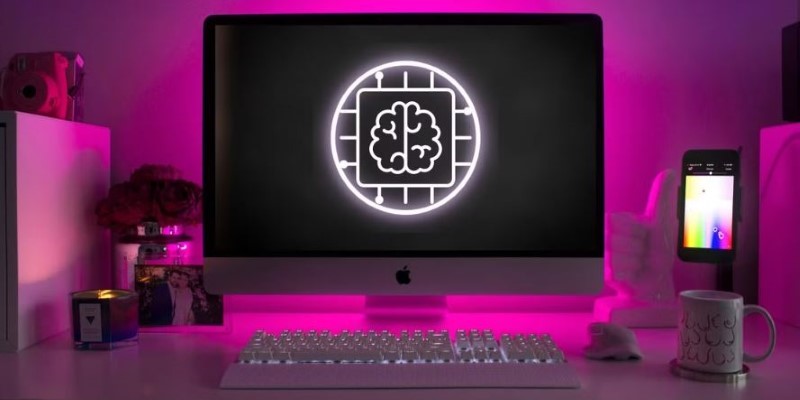
AI content detectors don’t work reliably and often mislabel human writing. Learn why these tools are flawed, how false positives happen, and what smarter alternatives look like
Advertisement
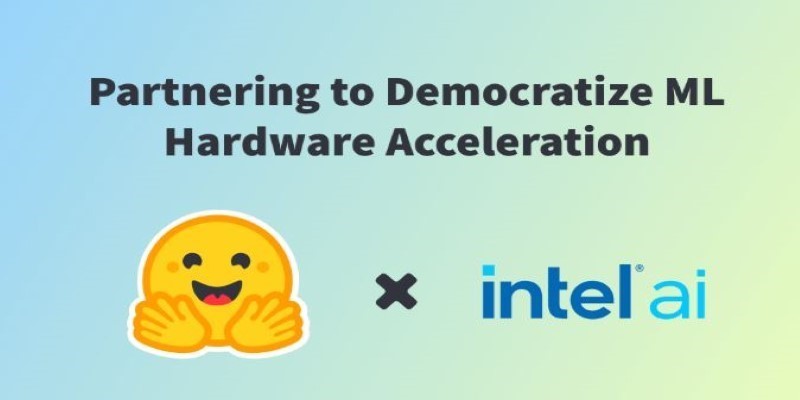
Intel and Hugging Face are teaming up to make machine learning hardware acceleration more accessible. Their partnership brings performance, flexibility, and ease of use to developers at every level

Tired of reinventing model workflows from scratch? Hugging Face offers tools beyond Transformers to save time and reduce boilerplate
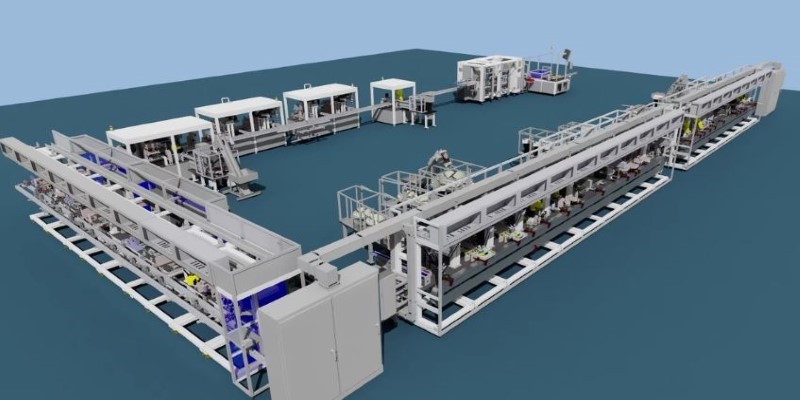
Rockwell Automation introduced its AI-powered digital twins at Hannover Messe 2025, offering real-time, adaptive virtual models to improve manufacturing efficiency and reliability across industries
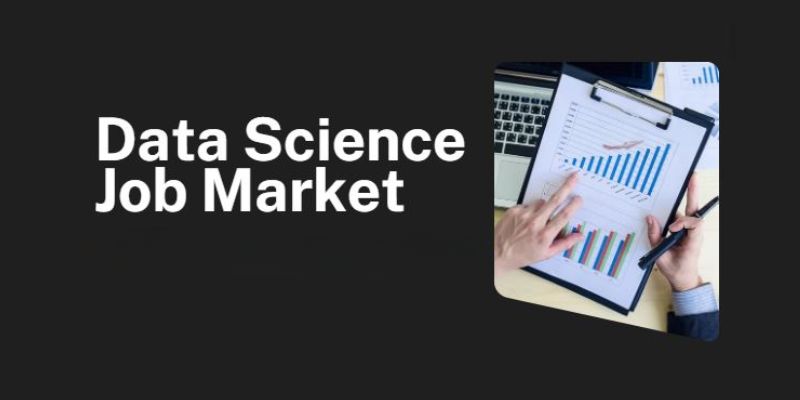
Improve your skills (both technical and non-technical) and build cool projects to set yourself apart in this crowded job market